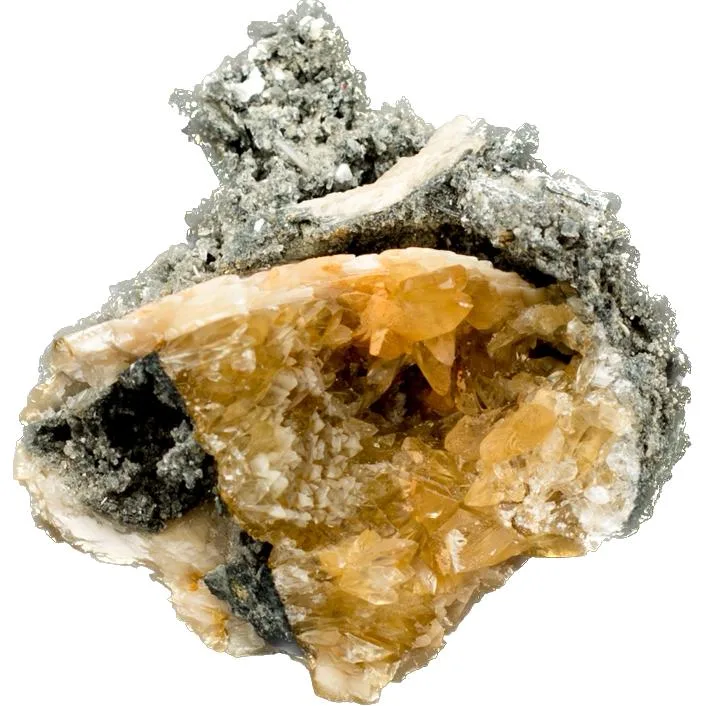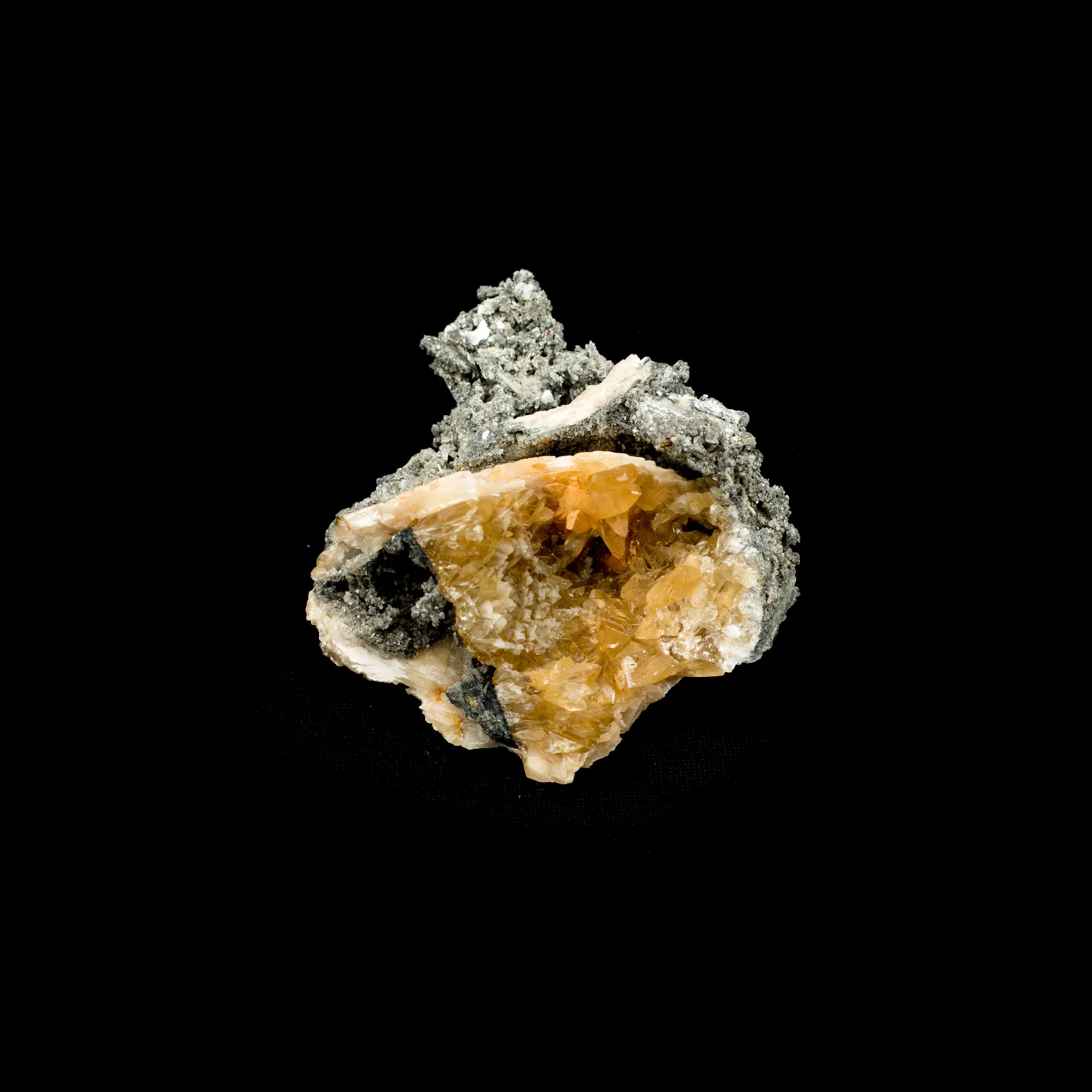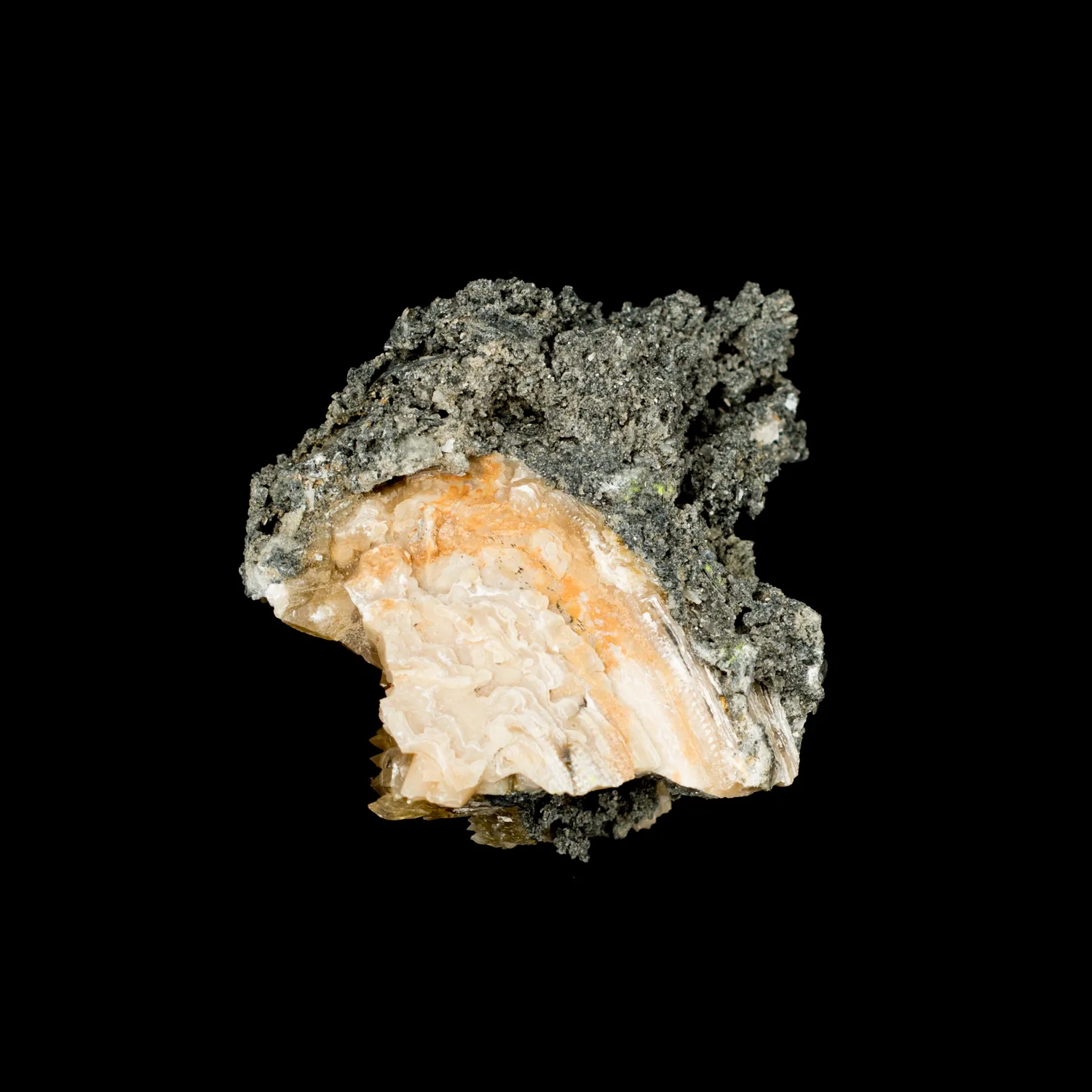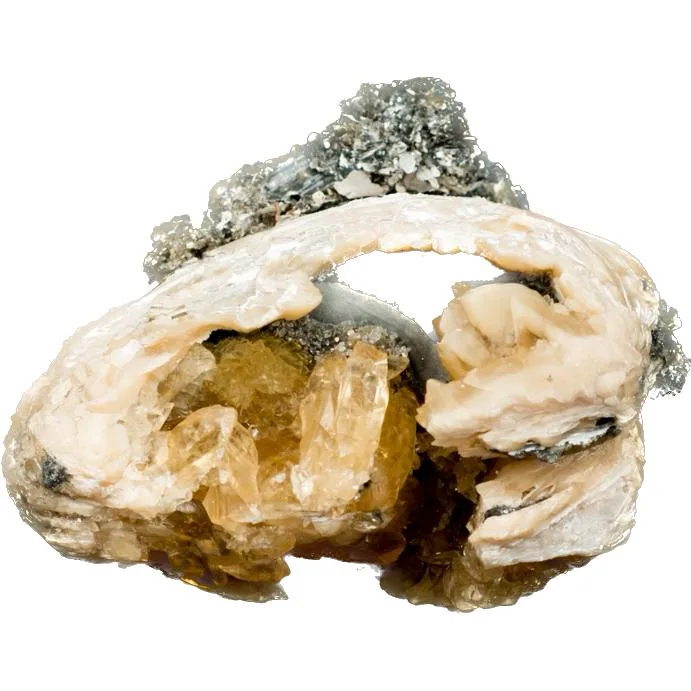The Giant Venus Clam fossil found in the Fort Drum Member, Nashua Formation of Florida. These beautiful fossilized clams contain a vibrant houndstooth calcite inside. The fossils date back almost 2 million years.
Mercenaria Permagna Clam Florida
Fossil Clam with Calcite, Florida
2 MYO, Pliocene age
Dimensions: 3.5″x 3 x2″
$50.00
Availability: Only 1 left in stock
















